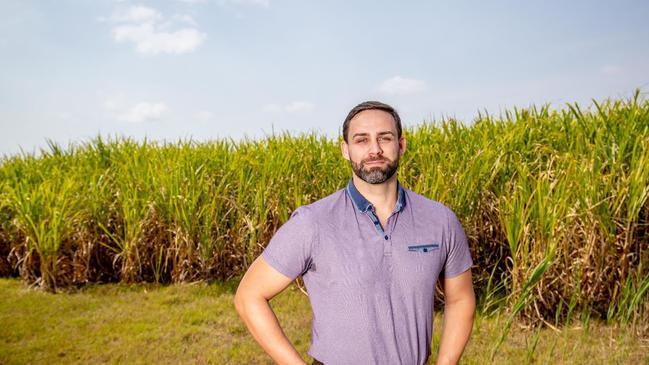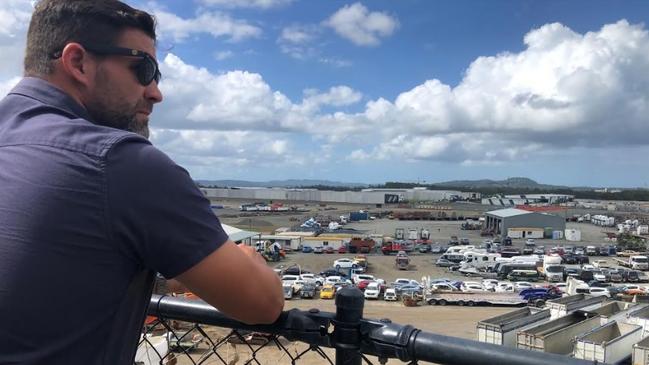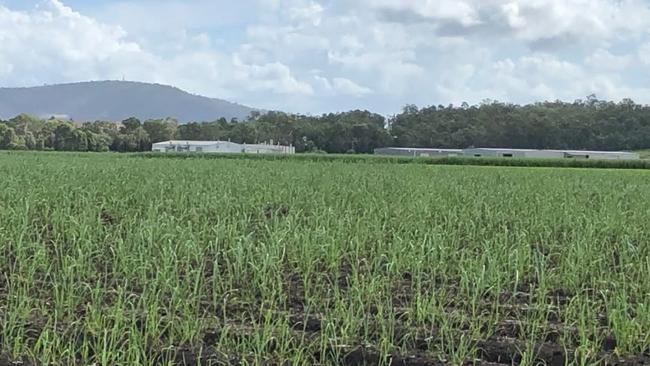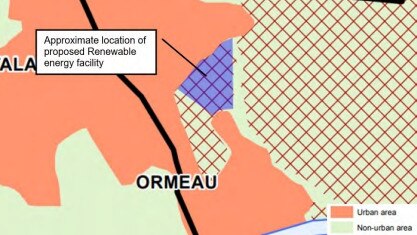Northern Gold Coast growing pains: Our city’s future depends on a plan for the cane fields
We need a plan to unlock the potential in the cane fields, although it might not be everything developers expect, writes Gold Coast City Councillor Mark Hammel.
Gold Coast
Don't miss out on the headlines from Gold Coast. Followed categories will be added to My News.
- When the Gold Coast’s population will reach 1 million people
- Revealed: The true cost of COVID to the Gold Coast
I believe there is huge potential to be unlocked in the cane fields.
In my opinion, the optimal use of this land would be a combination of expanding the Yatala Industrial Area east across the M1, creating environmental corridors and waterways, and investigating whether there is any potential for satellite residential communities.

My number one priority for any investigation in the cane fields area remains securing a 50-year land supply for the Yatala Enterprise Area, which is currently the largest industrial area in southeast Queensland.
Our city needs to get better at embracing our Yatala Enterprise Area, as there is a huge amount of potential for growing industry, boosting our city’s economy and create
tens of thousands of the jobs in the future.
FULL DIGITAL ACCESS: JUST $1 FOR FIRST 28 DAYS
I also believe the cane fields offers an incredibly unique opportunity for the city to add to its
growing environmental and green space credentials — especially given the koala conservation
area and other open green spaces in Pimpama and neighbouring areas.
To me, this would have to include the best part of one-third of the cane fields returned to environmental waterways and green corridors. I would also like to see all development in the cane fields based around environmentally sustainable practices in what is an extremely sensitive area.

But I believe there needs to be a transition plan for what the cane fields might look like in decades to come when it is time for the cane industry to change out. It must be recognised that the majority of cane farmers in the district can no longer derive a sustainable and secure financial return from cane farming alone.
They rely upon a privately-owned mill and power plant, and every year world sugar prices fluctuate and those farmers and business owners face the prospect that if the mill or
co-gen plan was to fail, or world sugar price dips too far, that means no profit the year.
With that said, there are farmers and cane owners who have diversified into other businesses and are making strong financial gains, and any future plan must include their long-term sustainability should they wish to continue operating in the area.

In my discussions with local cane farmers and the local cane growers’ association, it is clear to me that while there are some farmers who would see the cane industry close overnight, what most are calling for is a transition plan into future industries.
They do not want to be caught short like up on the Sunshine Coast, where a mill shut down almost overnight and a huge section of land was left without any planning in terms of that to do next.
DEVELOPER WARNING: GOLD COAST RUNNING OUT OF LAND
I know there continues to be calls from the development industry to open the cane fields to meet future population demand. I believe if developers think opening up the cane fields will fix population growth problems, they have got it wrong. There is every chance developing the cane fields could create more problems in the future in terms of adding strain on our already
inadequate infrastructure and services in Division 1.

I firmly believe the solution to the city’s population is infill development. There are many
opportunities for infill development that, if done correctly, will set the city up for the future.
Our city’s motto is about lifestyle and liveability. Not having infrastructure completed, sitting in congestion because interchanges haven’t been upgraded, or lacking community services and
green open spaces — that’s not lifestyle and liveability.”


